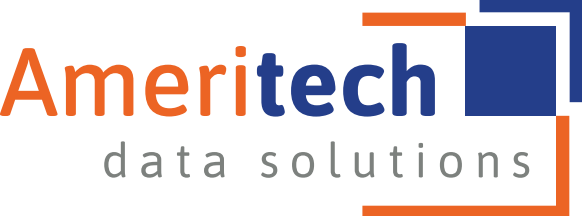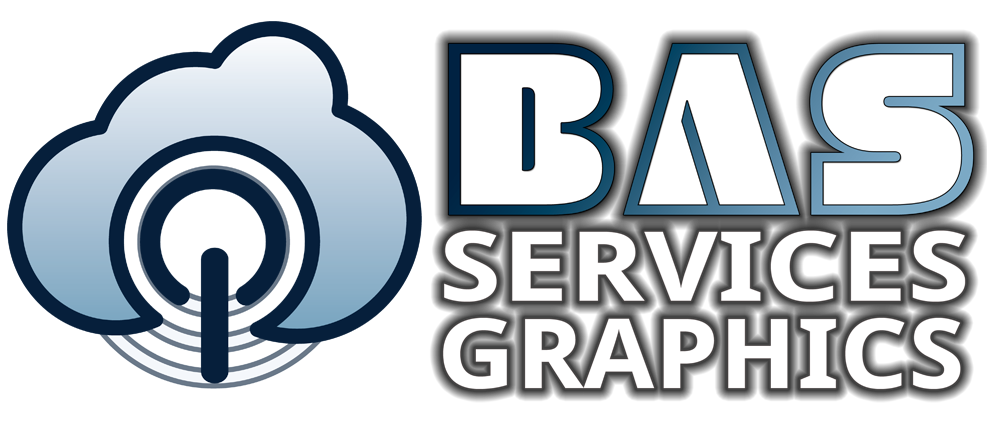Considerations for Energy Efficiency – Retrofit vs New Construction in Institutional Settings
Caroline Segsworth, Morrison Hershfield
Stevan Vinci, CET, LFA, LEED Fellow, CxA+BE, BECxP, Morrison Hershfield
Chris Brown, AIA, LEED-AP, Mahlum Architects
As school boards endeavor to improve on existing infrastructure supported by unpredictable budgets, different strategies to increase energy and operational efficiency are considered, often weighing the trade-offs between retrofitting existing buildings versus building new. Existing infrastructure is sometimes considered to have intrinsic value, both for place creation and historic significance within the broader community.
Even without historic considerations, the re-use or adaptation of existing buildings can prove to be both a cost-wise and materially efficient means of improving both performance of the building and the experiences of its occupants. However, there are also cases where the existing structures are not sufficient for the Owner’s expected programming. In these cases we look to best practices for new construction that will provide building operators and owners with the best strategies for approaching cost, energy, and material efficiency, while maximizing the potential durability of the new structure. Strategies in either case will require a multi-faceted approach to design and construction, focused on performance of the building envelope, mechanical systems, and interior design. Integrated design approaches must be paired with comprehensive construction review and commissioning.
This session will provide insight into strategies related to decision making between retrofit or new construction and working with multiple school districts, jurisdictions, and design teams, to achieve the goals of each group. Caroline, Steve and Alyssa will also present two case studies comparing each approach with strict environmental, energy and occupant experience goals: one new construction project and one retrofit and extension of an historic campus.
Learning Objectives:
- Understand the differences in Owner expectations between retrofitting existing infrastructure vs needs for replacement.
- Learn to effectively implement integrated design and collaborative construction review in both retrofit and new construction scenarios.
- Outline techniques and tools used to develop performance criteria and occupant experience, including key technical considerations needed to meet building envelope performance goals and integration between systems.
- Identify strategies to verify and track efficiency and durability performance related to the building enclosure across all project phases and their impact on adjacent systems.





 CxAlloy
CxAlloy® is cloud-based software that ensures building quality from laying the foundation through daily operations. CxAlloy offers enterprise applications engineered for design and construction project management, commissioning, building maintenance, and energy and sustainability management.
CxAlloy
CxAlloy® is cloud-based software that ensures building quality from laying the foundation through daily operations. CxAlloy offers enterprise applications engineered for design and construction project management, commissioning, building maintenance, and energy and sustainability management.





 Mortenson
Mortenson



 Ameritech Data Solutions
Test and Balance Operations and Production Tracking Software (TABopts) was developed specifically for the TAB and Commissioning industry. With the full version of TABopts software, you can operate your entire company. Modules include Reporting, Estimation, Quotation, Project Tracking, Job Costing, Asset Tracking, Invoicing and much more. All of our modules use software that you are already familiar with such as MS Access, MS Excel, MS Word, and MS Outlook. Reporting and tracking is now easier than ever with your customized system of TABopts modules. Automation of repetitive tasks happen with the click of a button in the various Microsoft® Office products.
Website:
Ameritech Data Solutions
Test and Balance Operations and Production Tracking Software (TABopts) was developed specifically for the TAB and Commissioning industry. With the full version of TABopts software, you can operate your entire company. Modules include Reporting, Estimation, Quotation, Project Tracking, Job Costing, Asset Tracking, Invoicing and much more. All of our modules use software that you are already familiar with such as MS Access, MS Excel, MS Word, and MS Outlook. Reporting and tracking is now easier than ever with your customized system of TABopts modules. Automation of repetitive tasks happen with the click of a button in the various Microsoft® Office products.
Website: 







